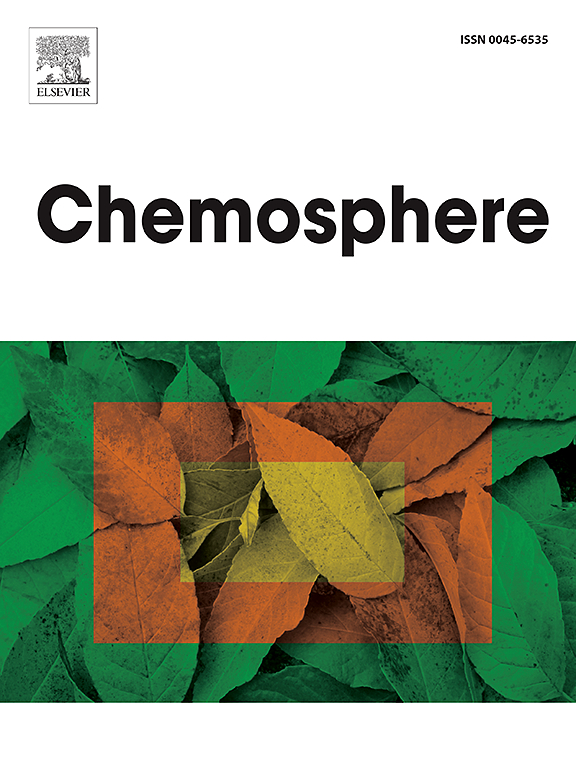Effects of trace metals and microplastics on the gene expression of antioxidant and detoxification genes in Mytilus galloprovincialis from estuaries
IF 8.1
2区 环境科学与生态学
Q1 ENVIRONMENTAL SCIENCES
引用次数: 0
Abstract
In the present study, the effects of emerging and legacy pollutants such as hazardous microplastics (hMP) and toxic elements (As, Cd, Hg and Pb) were investigated in wild Mediterranean mussel Mytilus galloprovincialis (n = 40) from three estuaries with different anthropogenic uses in the Asturias region (SW Bay of Biscay). The expression levels of six candidate genes related with oxidative stress and/or heavy metal detoxification (sod1, sod2, cat, hsp70, mt10 & mt20) were measured using qPCR. The relationship between their expression levels, the Condition Index (CI), and the concentration of these concurrent pollutants was assessed through linear mixed models (LMM).
PERMANOVA revealed significant differences between polluted and clean locations for both pollutants and gene expression levels in mussels. However, no differences were found between Nalón and Sella estuaries despite their distinct historical uses and pollution levels, suggesting recovery in post-mining times. Overall, the expression of the antioxidant gene sod2 and the detoxification genes mt10 and mt20 were upregulated in mussels from the most industrialized and heavy metal polluted estuary of Avilés, with Cd and Pb significantly predicting mt10 and mt20 increase. Hg and the hMP content significantly explained the expression patterns of sod1 and sod2 genes.
To the best of our knowledge, this is the first study examining the combined molecular effects of legacy and emerging pollutants on wild populations of the bioindicator Mediterranean mussel. Additionally, it represents the first application of this molecular approach to monitor the ecological status of estuaries in the region that could be applied elsewhere.

求助全文
约1分钟内获得全文
求助全文
来源期刊

Chemosphere
环境科学-环境科学
CiteScore
15.80
自引率
8.00%
发文量
4975
审稿时长
3.4 months
期刊介绍:
Chemosphere, being an international multidisciplinary journal, is dedicated to publishing original communications and review articles on chemicals in the environment. The scope covers a wide range of topics, including the identification, quantification, behavior, fate, toxicology, treatment, and remediation of chemicals in the bio-, hydro-, litho-, and atmosphere, ensuring the broad dissemination of research in this field.
 求助内容:
求助内容: 应助结果提醒方式:
应助结果提醒方式:


